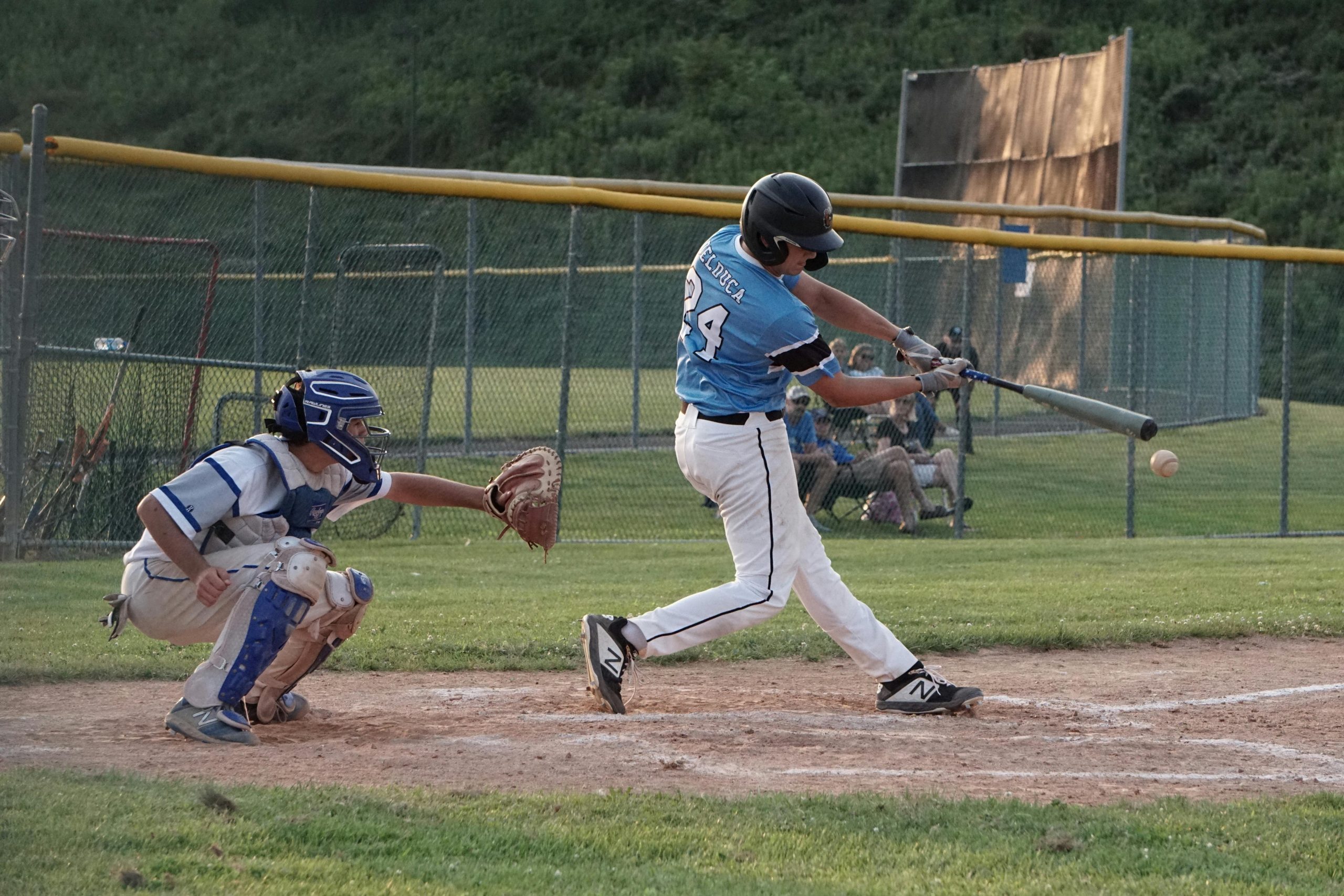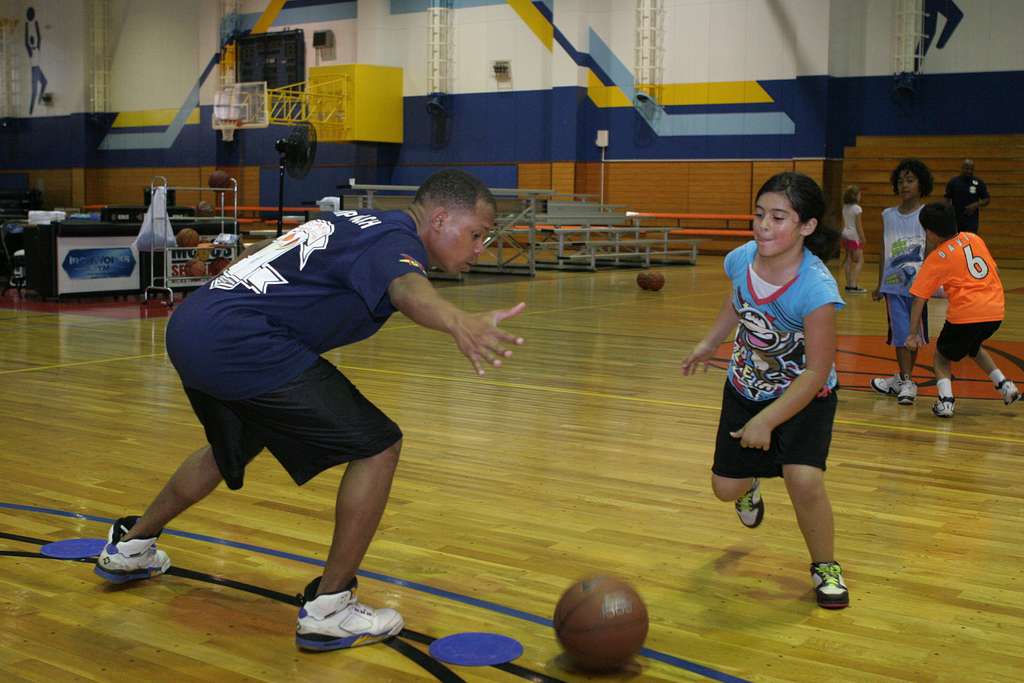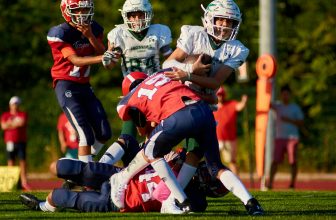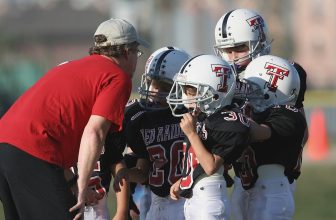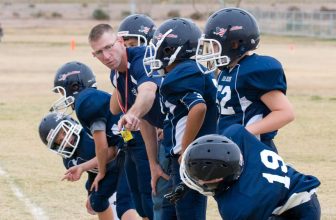How to Understand In-Game Concussion Awareness
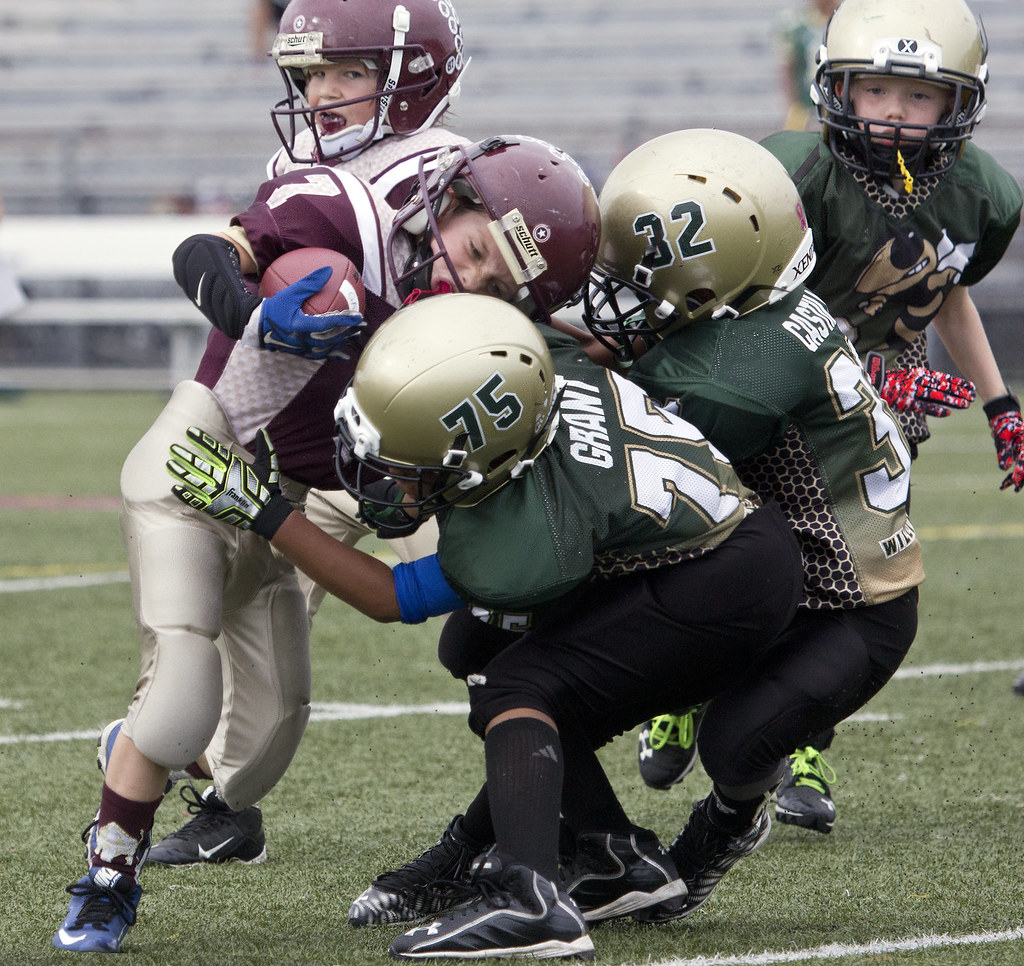
In 2015, NFL linebacker Chris Borland retired from the NFL after just one season. The reason for this departure from the game wasn’t due to a lack of talent, as Borland was fresh off a season that saw him win NFL Rookie of the Week twice and NFC Defensive Player of the Week once. He stepped away from the game out of fear for his life after football. Unfortunately, concussions are common in football. With this being the case, it is essential to understand how to detect one and act accordingly.
Know Your Players
As a result of the physical nature of football, a concussion can arise from a number of different things. Whether it be collision with another player or a head hitting the ground, there is always the possibility. Looking at this from a coach’s perspective, you need to understand your primary job is to keep your players safe. So, you need to carefully monitor your players. If you notice something is off, then play it safe and proceed through the concussion protocol (which will be discussed later on). Another aspect of knowing your players is having a strong enough relationship to the point that they respect your opinion to take you out of the game for a cautious approach.
Perhaps no one knows players better than their own teammates. They’re out there on the field together and should be aware and able to recognize potential concussions. Coaches should instruct their athletes to look after each other and immediately notify a coach if something may be off. Even if your teammate says he is fine, it is a teammate’s job to do what’s best for that player.
Playing through an Injury isn’t Necessarily Tough
“You run the football for toughness. You run the ball to tell your opponent that you’re as tough as they are.” This quote from former Atlanta Falcons coach Jerry Glanville mentions the impact ‘toughness’ has on football. Simply put, it’s not a sport for those afraid of contact. Unfortunately, though, this has helped create an environment where players are encouraged to fight through injuries. For years, this resulted in players basically toughing it out through possible concussions. In recent years, we’ve been blessed with valuable information regarding this and changes have started taking place. With this, I encourage all young players to not take concussions lightly. There’s a reason they’ve been talked about so much on a public scale; don’t worry about potential backlash from your teammates!
Heads Up Football
USA Football launched “Heads Up Football” to further grow player safety within football. This program is largely centered towards youth football coaches, who can gain USA Football certification to not only become knowledgeable about safety, but also put parents at a piece of mind. Parents now can know whether their child’s coach has been trained to ensure safety amongst his or her players. Although the entire certification process covers many topics in-depth, I can give you an idea of the areas discussed here. They include concussion recognition and response, hydration and “Heads Up” tackling (keep your head up when delivering a hit) and blocking. This allows them to handle concussions, as well as treat football techniques designed to limit future concussions.
As a side note, here is a link to a course from CoachTube taught by Thad Tumbleson showing some terrific video displays of how to properly wrap up and finish a tackle.
Properly-Fitting Equipment
Helmets can’t ensure the head is protected against all concussions. However, if all the correct actions are taken, it can diminish those odds significantly. This includes making sure the chin strap is always buckled. Despite being a nominal thing, it tends to get overlooked. Another element of properly-fitting equipment is taking the time to follow the guidelines from the different manufacturers. Each helmet and shoulder pad manufacturer has a fitting guide on their website that you can reference. Lastly, there is the concept of helmet reconditioning. This should be done after each season. The process involves face masks and other external decals being removed from the helmet, cleansing of the helmets with hot pressurized water, careful inspection, repainting and reapplication of external parts. Again, this reconditioning tends to get overlooked, but USA Football has consistently recommended it.
Concussion Protocols
Around the NFL and other levels of football, we’ve begun to hear the term, ‘concussion protocol,’ tossed around frequently. Essentially, it is a test administered by a health care professional that must be passed before a player can return to a game or practice. For youth leagues, you may not have the luxury of a health care professional on the sidelines. In these cases, I urge coaches to sit the player out for the remainder of that practice or game and inform the child’s parent to take him to the doctor as soon as possible. However, if you do have the luxury, then utilize the protocol whenever there is a possibility of a concussion. Ultimately, the rule of thumb is to put the testing in the hands of a health care professional. They’ll know best and understand the steps needed to take for that player to return to action.
Gradual Return to Play
As I started to allude to in the previous section, it is important coaches implement a policy where players are gradually progressed into playing eligibility. Some of the progressions vary, but I’ll explain the NFL’s to give you a general idea. If they failed the test during a game, then they must pass a test before next game action. This requires rest and recovery, light exercise like using a treadmill, weight training, non-contact football work and then full activity. Each step must be passed in that order to ensure the concussion is no longer an issue. The rest and recovery section is intended to ensure the players aren’t using a lot of concentration, such as studying, that might have a negative effect on the concussion. The steps above from the NFL’s protocol represents this gradual return with increasing levels of activity all the way to full practice.
Caution
The common theme throughout this article is the idea of caution. It is better to be safe than sorry. Due to the severe nature of concussions, they have the potential to negatively affect a player for years. Whether you’re a coach looking out for your players or an athlete understanding the risk for your own safety, it is important to be knowledgeable about concussion awareness. Losing out on a week of football is a much smaller loss than taking a couple years off your lifespan.


